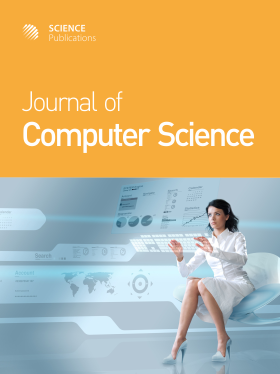Leveraging Transformer Model for Data-Driven Requirement Engineering: A Case Study of NLP4RE E-Commerce Business Apps in Malaysia and Indonesia
- 1 Department of Computer Science, Faculty of Engineering, Universiti Teknologi Malaysia, Johor Bahru, Malaysia
- 2 Department of Data Science, Faculty of Technology and Design, Universitas Bunda Mulia, Jakarta, Indonesia
Abstract
Data-Driven Requirement Engineering (DDRE) marks a departure from conventional methods, embracing dynamic, user-centric strategies with the help of machine learning and artificial intelligence. As software systems grow more intricate and demand adaptability, a continuous software engineering approach becomes crucial. However, this shift poses challenges in handling data inconsistencies during the elicitation process, leading to software development shortcomings. This study tackles these challenges by utilizing innovative techniques like Natural Language Processing (NLP) for elicitation, web scraping for feedback collection from platforms like the Google Play Store, and transformer models for sentiment analysis and classification. By collecting data from user-generated feedback and ensuring compatibility, the research aims to streamline requirements gathering. In summary, this research highlights the significance of data-driven approaches in meeting evolving stakeholder needs and organizational objectives priority in functional and non-functional requirement engineering, fostering more effective and accurate requirement engineering practices.
DOI: https://doi.org/10.3844/jcssp.2024.1504.1509

- 901 Views
- 376 Downloads
- 0 Citations
Download
Keywords
- DDRE
- NLP
- Transformer Model
- Sentiment Analysis
- Classification
